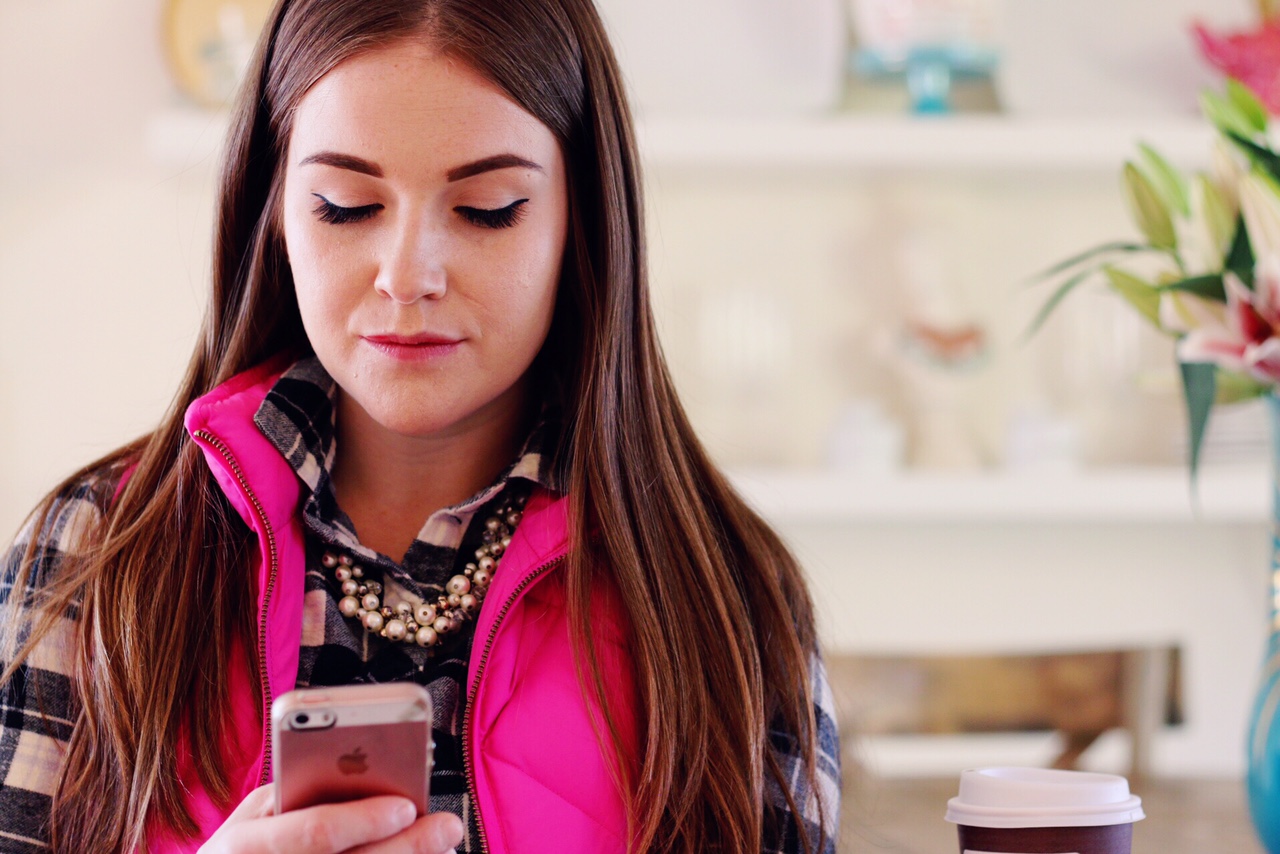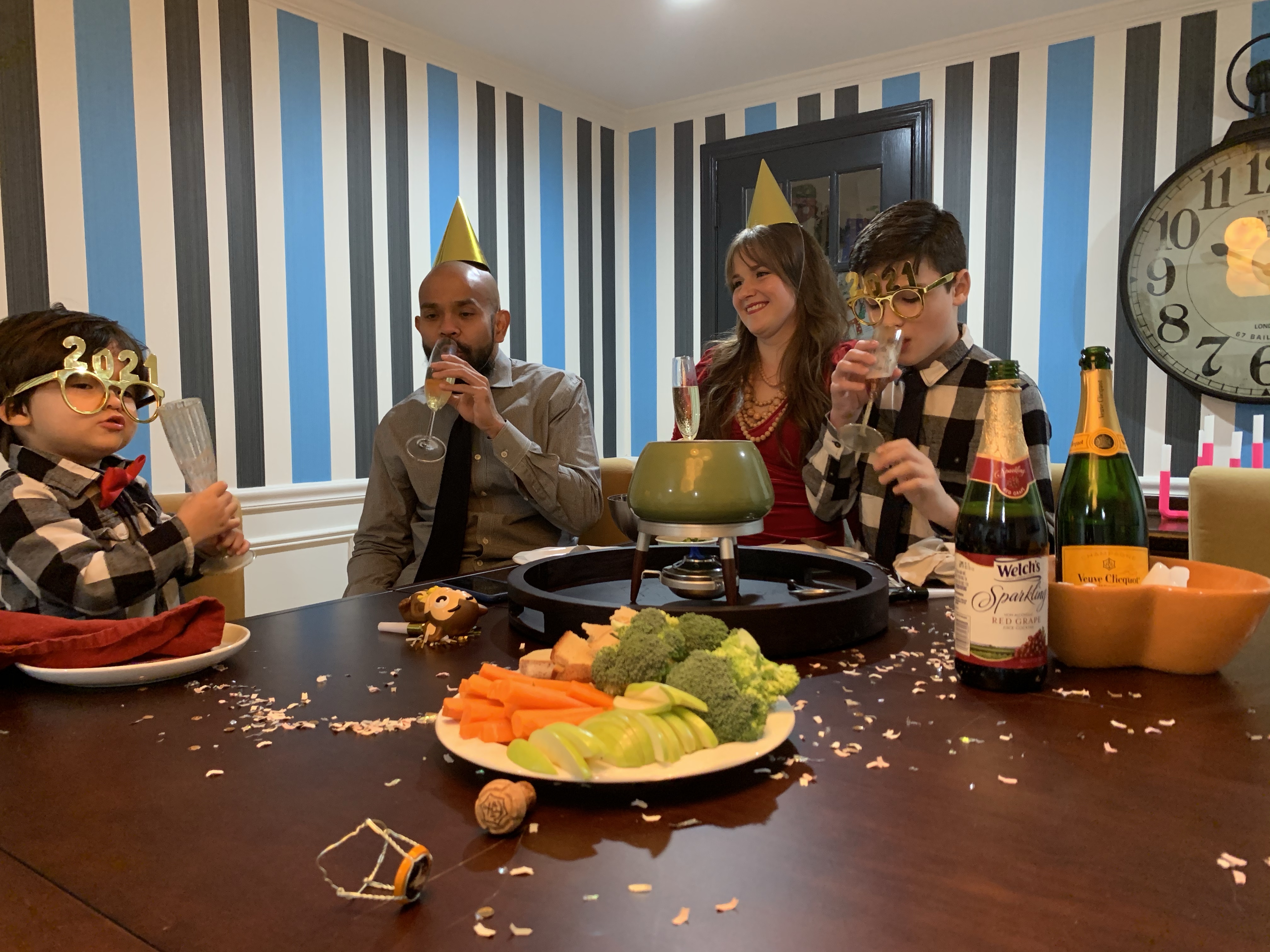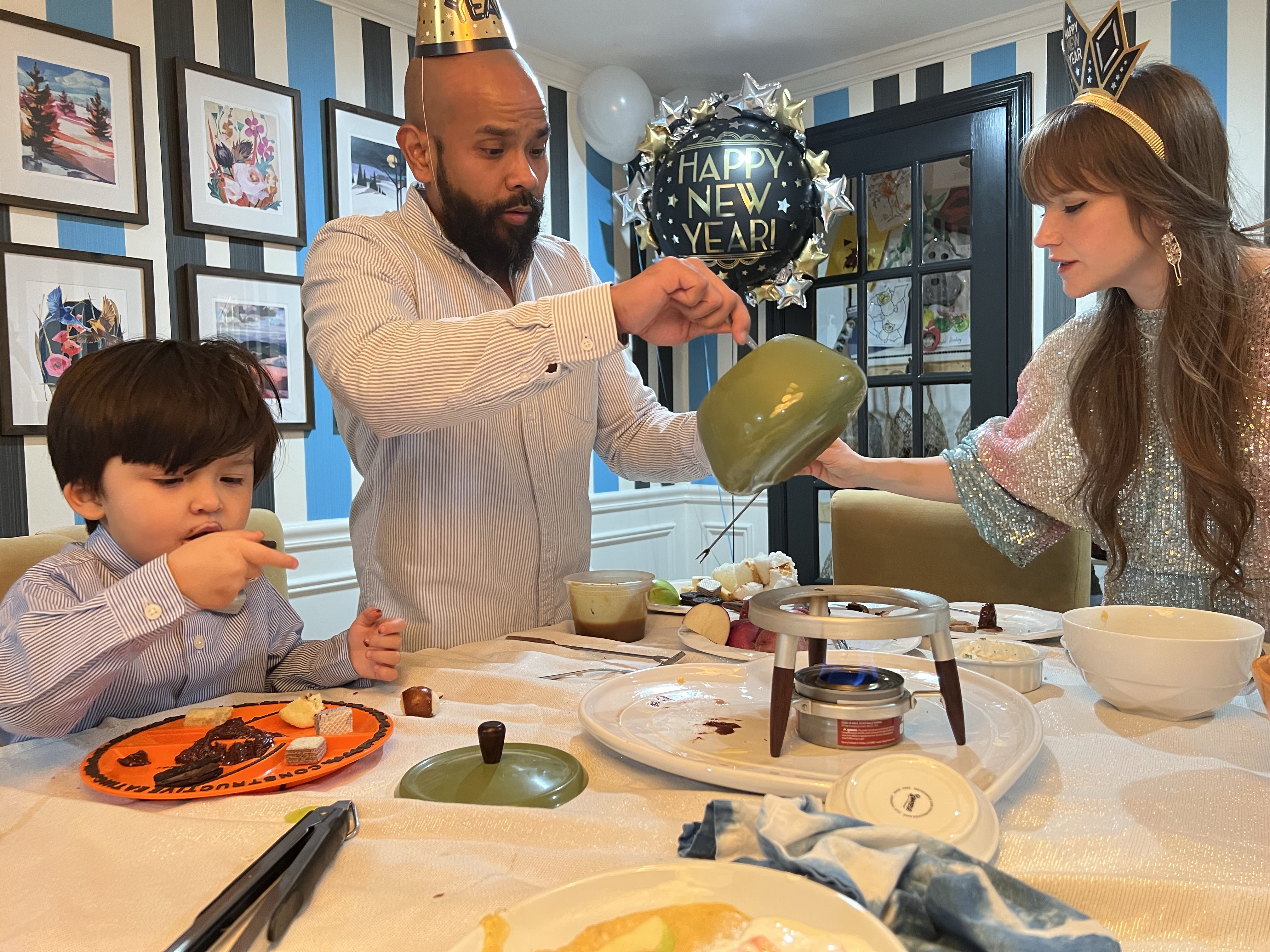Life-Changing Paid Apps that are Worth Every Dime

Remember the Year of the Glow Up? I lost thirty pounds, improved my skin, and started wearing real pants. The glow up was most notable on the outside as my physical appearance improved…


…but what couldn’t be seen from the outside was how I changed on the inside. I was less reactive to interpersonal conflict, better able to regulate my emotions, changed my relationship with food, and healed my internet addiction.
Each would have been an accomplishment on its own, as they were all issues I had struggled with for years. All that in a year could only be achieved through the right tools—and those tools happen to be accessible to anyone with an iPhone, a willingness to shell out some cash, and a commitment to progress.
Paid Apps
People are always looking for a deal. With many free apps with ads out there, it can feel like paying for an app is a frivolous expense. I’m in a different camp: I believe everything of value comes at a cost and I’m far willing to spend a bit of money rather than pay with my time (spent watching low-quality product ads I have no interest in) or my data (so I can be manipulated into buying products I would otherwise have no interest in).
Two of these apps only had to be paid for once, because they did their job so well I don’t need them again. The third does its job so well that I can’t see having a smartphone without it.
So, what are they?
Bloom: CBT and Journal
I first heard about Bloom: CBT and Journal from a former colleague on Facebook. As 2020 came to a close, she shared a vulnerable and honest set of text-only photos that addressed ways that she had improved her mental health in the previous year. Bloom: CBT and Journal worked for her, and I was willing to give it a try.
According to the link above, Bloom: CBT and Journal costs $14.49 per month or $59.99 per year. I used the app for about six months, in conjunction with biweekly video calls with my local therapist. Back in 2021, still in the midst of a pre-vaccine Covid era, it was beneficial to learn CBT tools and calming mechanisms on my own time, between therapy sessions. There are tools that I gained then that benefit me to this day.
The presenter of the tools is a handsome actor with a calming voice. It was a rewarding daily ritual to take in the lessons offered. The journal aspect of the app made me a bit uncomfortable with the ways in which technology companies have been known to use our data, but the prompts were helpful for writing in my paper journal.
Bloom: CBT and Journal helped me stay calm amidst chaos and taught me crucial communication techniques during a tumultuous time in my marriage. Who knows if I’d still be married without it—surely not as happily married as I am now—and for that, it’s priceless.
Noom
Noom is the greatest app that ever happened to me. I saw a couple of people have success with it online and I gave it a whirl. It’s like Bloom in more than the last three letters of its name—both use CBT-Cognitive Behavioral Therapy lessons. Noom, however, tackles the psychology of food. It addresses unhealthy food behaviors and healed my lifelong, inherited binge-eating habits. It’s unbelievable, honestly. I’ve kept the weight off years later, the lessons are embedded, and I’ll never unlearn what it taught me.
According to a recent post on buyersguide.org, “Each plan varies in pricing, but most Noom Weight users start with a 4-month subscription, which comes out to $42.25 per month (billed upfront as a 4-month auto-renewing plan at $169).” A small investment that can cut grocery costs and doctor’s bills for a lifetime? How can you not?
Opal
I still use Opal app all these years later, simply because I don’t believe there‘a a better option for my internet compulsions.
It’s easy for me to get lost in the internet. Something sparks my curiosity, then I find myself following a link. Then another, and another. Next thing I know, I’ve either missed out on much-needed sleep or more time in my day than I would have otherwise offered up for grabs.
I tried many apps in the past for limiting my screen use habits. On my desktop chrome browser, I’ve used StayFocusd Chrome extension for about a decade. But on my phone, I’ve downloaded many apps over the years. Forest App was one I used the longest. I deleted apps and redownloaded them multiple times a day. I’d change my passwords to a keyboard smashing I didn’t know, I tried having a friend know my password for apps. I also deleted you on Instagram and Facebook.
Opal app allows me to have strict schedules around the apps that I impulsively went to and found myself spending too much time on. When their VPN redirection disallowed me from using the apps, I got used to creating new habits. Having a schedule in place where distracting apps were unavailable, rather than turning on a blocker after I’ve already wasted a lot of time has been crucial to my success in changing my smartphone habits.
Paid Apps can be Valuable Tools
Bad smartphone habits are challenging to wrangle. There are many apps designed with stakeholders in mind rather than users and such apps are engineered to be as addictive as possible. We must remember that smartphones are tools. Just as you can use a hammer for building a home, you could use that same tool for smashing a window. Both destruction and creation are possible.
[…] for a moment that everything around you is an environment. Your phone is an environment. Your desk is an environment. Your body is an environment and so is your mind. Now you have to ask […]
[…] Opal app for blocking apps and websites from my phone […]
[…] I started listening to my body, I heard how taxing texting was for me and that I received little in return. I didn’t feel closer […]
[…] own through journaling and books and started seeing my therapist semiweekly. By 2021, I was using apps to heal soul wounds between sessions and my social media algorithm was flooded with mental health […]
[…] helped that I learned to listen to my body, and breaking down some of my eating issues and eating more intuitively paved the way for […]
[…] Opal app for blocking apps and websites from my phone […]